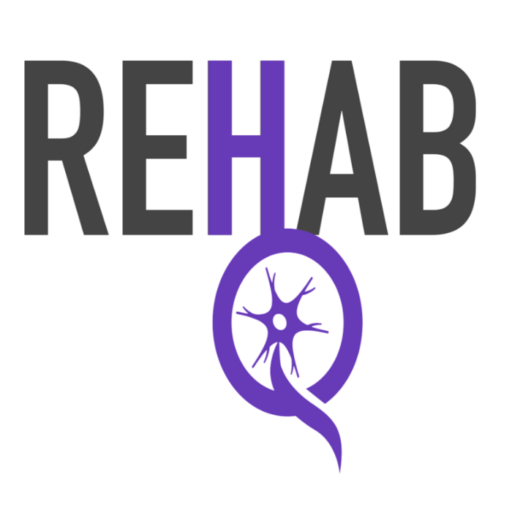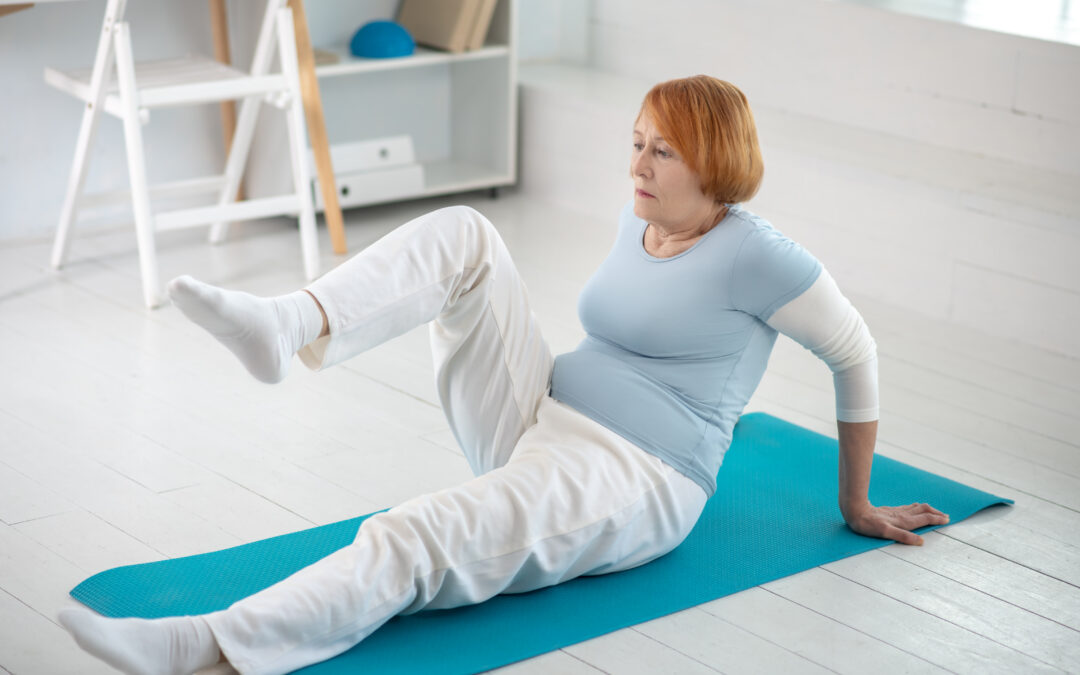An effective physical therapy program at home after a stroke is the most critical component for a successful recovery. I dare say MORE important than face to face time with your therapists.
As someone who earns a living by treating patients (in person), this is a pretty bold claim for me to make.
So, why do I tell you this? Because I want you to succeed. I want you to live your best life. And I know an effective physical therapy program after a stroke is essential. Why? The goal of post-stroke rehab is to create new neural networks around damaged areas of the brain. This type of brain “rewiring” does not….can not…. and will not happen with a few hours of therapy per week.
All that being said, this is probably the most important blog post on this site. The “tips” I am about to share are absolutely essential to regain arm and leg movement. And more importantly, get your independence back.
8 Tips For An Effective Physical Therapy Program After A Stroke
1. Focus on learning, not strengthening
First and foremost, having the correct mindset is absolutely critical. Your brain (and your body) are trying to re-develop neural networks. For many of you, this will mean shifting from a mentality of “strengthening” the muscles to “re-learning” skills. The example I use to help understand this concept is how a car gets a human safely from point A to point B…..
A car is just a machine. It can not perform its intended purpose (get a human to their desired destination) without a driver. If we compare this to how the body executes a skilled movement, the car is the muscle and the driver is your brain. Putting a better engine in the car (strengthening the muscle) is not necessarily going to mean you will get to your destination more effectively, more efficiently, and/or safely. It is ultimately the skill of the driver (the brain) that will accomplish this. Similarly, the brain is in control of operating the “machine”. Therefore, the focus needs to be on training the brain versus strengthening the muscle.
This video takes a deeper look into this concept and is intended to reframe your mentality from strengthening to learning.
2. A Daily Exercise Routine is Critical To An Effective Physical Therapy Home Program
The most important part of an effective home therapy program after a stroke is consistency. One of the most important principles of neuroplasticity is repetition. You must literally do a skills hundreds of times to “hardwire” that skill onto your hard drive (aka: the brain). The best way to stay consistent is to establish a schedule. Just like you schedule appointments for work, schedule your rehab as a mandatory daily task. I find it best to schedule it in the morning before the “day gets in the way”.
3. Mirror Therapy for Hand Recovery
Mirror therapy is one of several interventions that has proven to be effective for arm recovery. A few of the key benefits of this type of treatment is that the equipment is relatively cheap, and the treatment can be performed without cues from a therapist. Therefore, it is the perfect addition to an effective home therapy program after a stroke.
4. Constraint-Induced Movement Therapy (CIMT)
CIMT includes a combination of restraining the uninvolved arm and “forcing” use of the involved arm. “forced use” of the involved arm is the most effective way to create positive brain changes. CIMT also prevents learned non-use. This type of training program recommends a minimum of five hours per day. Learn more about “learned non-use” in this video:
5. Mental Practice
Mental imagery is a practice of visualizing the body moving without actually moving the body. The benefit of adding this to your daily routine is that it requires minimal equipment, it can be performed anywhere, and it does not require assistance from a caregiver or therapist. Learn more about how to incorporate mental imagery into your daily therapy routine in this video:
6. Home Rehabilitation Gym
Having the correct set up to perform your exercises is also an important part of a successful rehab program. It is possible to create a home gym that will allow you to practice quality movement. Learn more about what you need and why you need it in this video:
7. Focus on the 1%
Staying motivated is no easy task. I know what you are thinking. “How could a therapist possibly understand what I am feeling?” You will have to trust me on this, but I have literally made it my job to feel what you are feeling. And I do. More than that, I am witness to what it’s like to work (harder than you ever have in your life) and barely “move the needle”. I have watched this scenario play out for nearly 20 years. And that is the inspiration behind my (overly used) phrase…….”be 1% better”.
So, what do I mean by “be 1% better”? Focus on the daily wins versus the “BIG goal”. Do you want to walk in the community? Maybe a small goal is to take five good steps in your home. And next week, make it ten steps, and the following 15 steps. Sometimes we can get so caught up in where we want to end up, we can’t see how far we have come. And this is disastrous. Not only in life, but more so in stroke recovery.
The reality is that stroke recovery is long, and there is no magic pill. Rehab requires hard work and consistent effort. Every. Single. Day (refer back to #1 and #2). Discouragement and/or losing hope will not get you any closer to your goal. The BEST way to stay on track is to set small goals and celebrate daily wins. Regardless of how small that might be. Progress is progress. Forward movement IS movement.
Now, I can’t really take credit for this. It was actually something I learned from James Clear in his book Atomic Habits. If you are struggling with motivation and/or executing an effective plan to achieve your goals, I highly recommend this book.
8. Avoid Mental Blocks
Mental blocks are real. It is easy to “avoid” certain things just because you can’t imagine that yourself doing them (post-stroke). In many cases, you might not even realize you are doing this. Here is a video that goes into this issue a little deeper.


I would love info on how to make one of those pvc balancing squares you show in your standing balance exercise videos.
1.5″ PVC measure to be minimum of chest height and double shoulder width. I hope that helps!